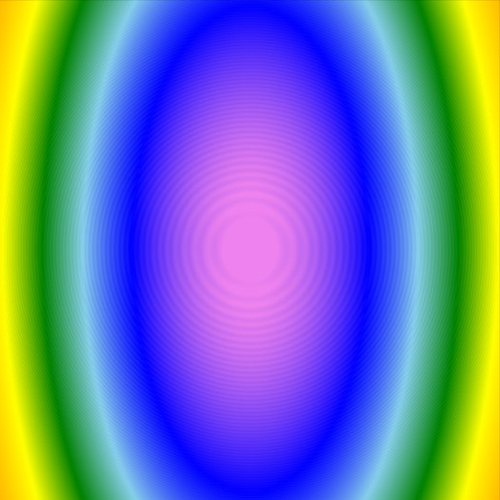Micro- and nanostructures play an important role in optics, with ever growing impact. Gratings, as probably the most important group of such components, have their place in various optical setups as shown in previous newsletters.
In VirtualLab, gratings can be configured conveniently with the help of stacks, i.e. using a special medium definition.

With the rigorous Fourier modal method (FMM), different types of gratings – e.g. blazed (sawtooth) …
… and holographic volume gratings – can be simulated,
Rigorous Simulation of Holographic Generated Volume Grating
and analyzed with helpful tools like the grating order analyzer.
The technique applies to both linear and crossed gratings, as in the case of a non-paraxial 7x7 diffractive beam splitter.
Vectorial effects are fully taken into account, as shown in the case of the ultrasparse nanowire grid polarizer.
By combination with the perfectly matched layer (PML) technique, aperiodic structures like nanocylinders can be analyzed as well.
The rigorous FMM is embedded in a global concept that groundbreakingly facilitates the analysis of micro- and nanostructures alongside other optical components, in larger, more complex optical systems.
Examples thereof can be found in, e.g., analysis of Czerny-Turner Setup including a blazed grating,
and modeling of high-NA microscope systems for examining different samples …
… or for wafer inspection.
Based on the FMM technique, the parametric optimization of micro- and nanostructures is enabled.
For example, the optimization of slanted gratings by varying the slant angle, grating depth, and filling factor, is done to obtain efficient incoupling.
Thanks to the new slanted grating configuration, all parameters of the slanted grating can be controlled with ease and flexibility.
Besides the versatile configuration for slanted gratings, there are more exciting things to discover in the latest release of VirtualLab Fusion: the non-sequential extension deserves a mention of honor.
An example on ghost image in a collimation system is constructed and modeled in a non-sequential manner.
More examples on the non-sequential extension will be shown in the coming newsletters!
|

